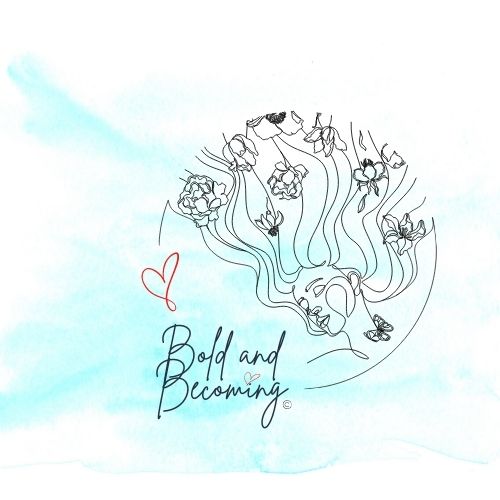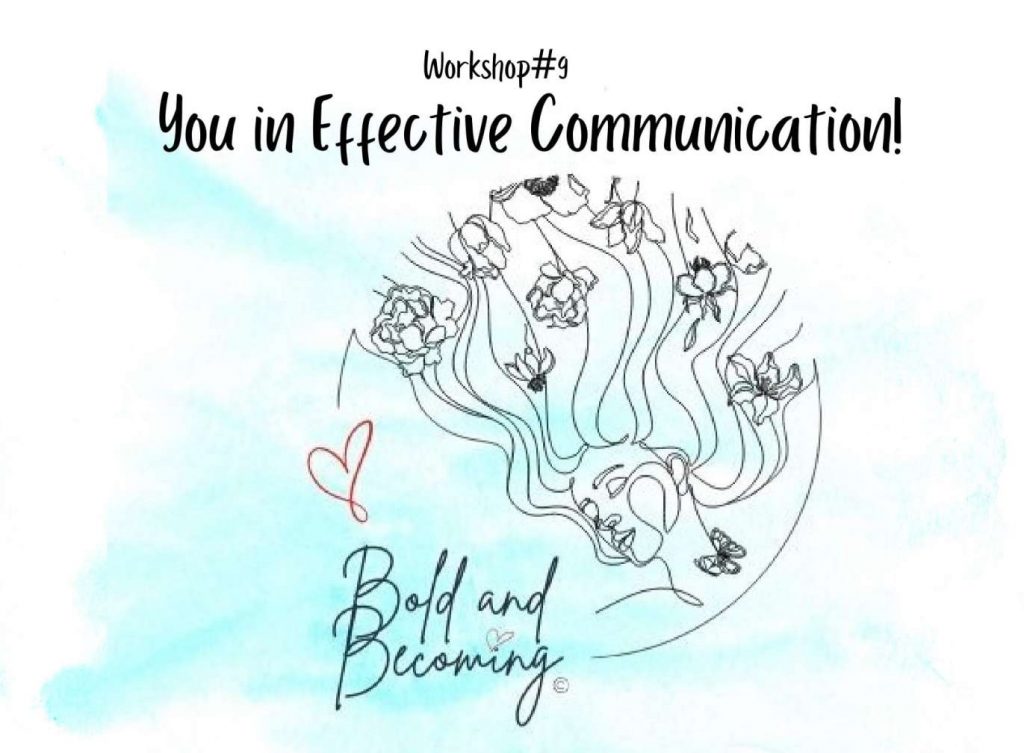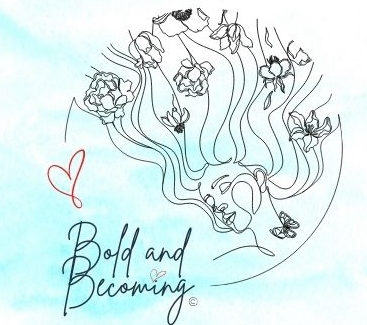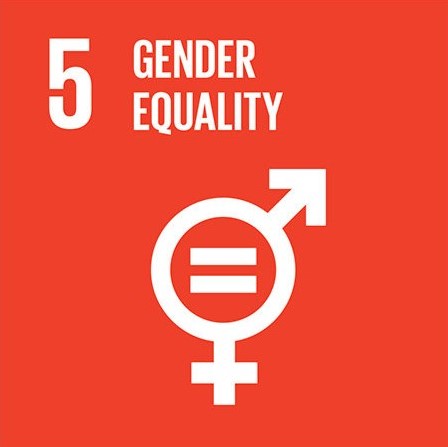The topic of our 3rd workshop on the Building Blocks of Confidence Series, which was also our 9th workshop altogether in EMK Center, was You in Effective Communication. It was held at 6pm, 26th November 2022. The purpose of this workshop was to share knowledge and awareness about different types of communication; and different techniques to improve effective communication.
We started by asking our participants to name different types of communication, where we shared about the following types of communication: Verbal, Non-verbal, Written and Visual.
Effective communication consists of speaking, listening and understanding. It takes place in three stages:
1. When a speaker speaks to the listener
2.Where the listener processes and understands what was being conveyed by the speaker
3. And finally where the listener responds back to the speaker relaying the understanding of the subject shared by the speaker to the listener.
Thus, effective communication requires both an active speaker and an active listener.
We then dived into three layers of listening: Pseudo/pretend listening, selective listening and critical/criticize listening. Pseudo or pretend listening means when the listener just pretends that he/she is listening to the speaker. In this kind of listening the listener does not listen to the speaker. This makes a barrier in effective communication. Next, in selective listening the listener listens only to selective parts of the conversation or information shared. In critical listening one listens with focus, attention and tries to understand the speaker’s message. Lastly, in criticize-listening one properly. These categorizations helped our participants to think about the type of listener they were.
Then the participants were informed about the 7Ps of active learning to improve their active listening:
1.Being Present in the moment of listening
2.Being Prepared physically and mentally to listen
3.Understanding the purpose of the conversation, whether it is to report/rapport.
4.Positioning yourself in a place with less distractions
5.Consistently practicing listening skills.
6.Ensuring an attentive upright posture while listening
7.Making a habit of paraphrasing what was listened to.
We then have our participants practice active listening by a fun dictation activity. To substantiate the participants’ understanding of effective communication, they were informed about 5 Cs effective communication:
1.Being clear about our information
2. Providing correct information
3. Conveying a complete message
4. Being concise when needed
5. Being compassionate to others
We also shared about different email etiquettes and walked the attendees through a professional email writing procedure. We discussed the importance of ensuring a good email etiquette to establish a good impression and relation. Good email etiquettes include clear and concise subjects, a balanced professional tone, checking grammar, spelling and punctuation, ensuring correct sentence cases, calling out attachments, using shortened hyperlink, being careful about replying the intended person(s) in a group email, knowing the difference between CC and BCC and last but not the least being careful about using emojis. We encouraged the attendees to make a habit of proofreading an email before sending it.
Then we underscored on the Nonverbal communication with the participants. Research says that 93% of our communication is nonverbal consisting of our body language. Eye contact, hand gesture, body posture etc. impact much in nonverbal communication. We should maintain etiquette and professionalism in our nonverbal communication as well. We demonstrated some good practices of hand gestures and body postures to improve and be mindful of our body language.
In our session we had the privilege to meet a very talented young guest and an emerging leader, Simin Chowdhury. She has been a Youth Exchange and Study Program student and attendee and is currently studying at University of Malay. She has discussed some important suggestions and techniques of effective communication. She says we should calibrate our tone, language and substance of our communication based on our audience, such that using heavy literary jargons to the common ordinary audience wouldn’t be wise and effective. She further emphasized the importance of cross-cultural communication and be considerate of communication style and practice across different countries and cultures.
And with that, Bold and Becoming completed its 9th workshop on effective communication!



